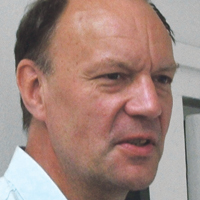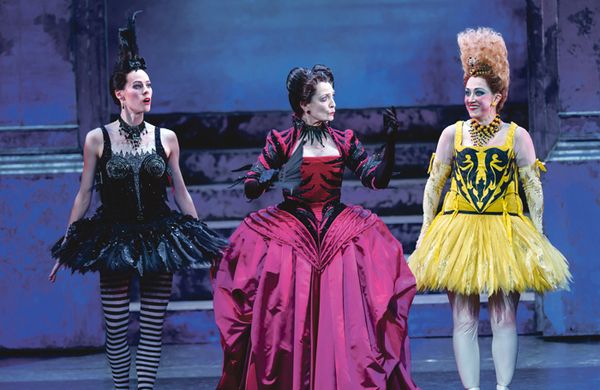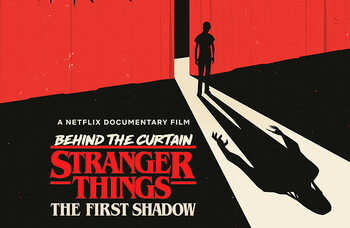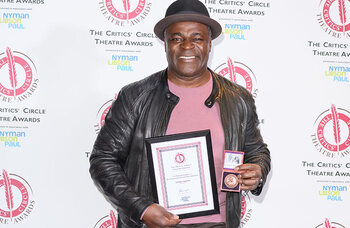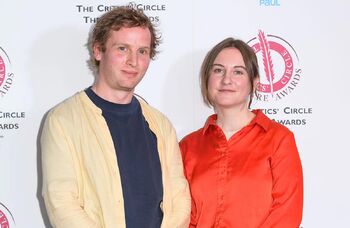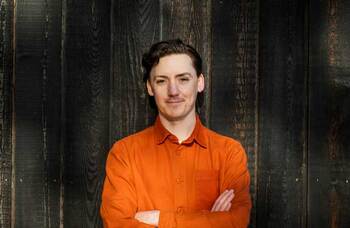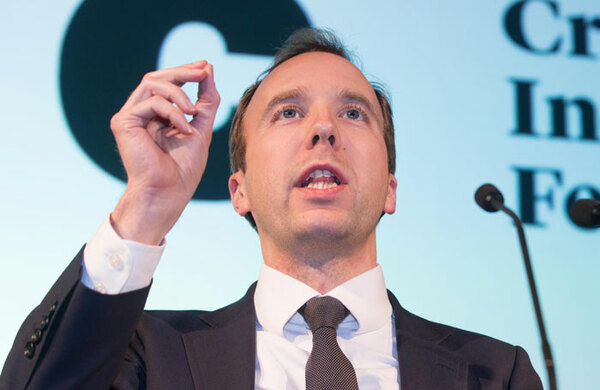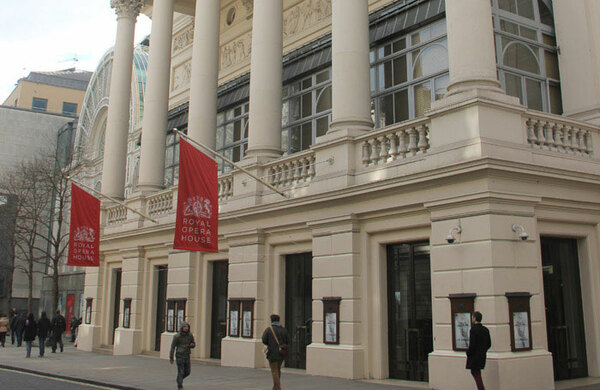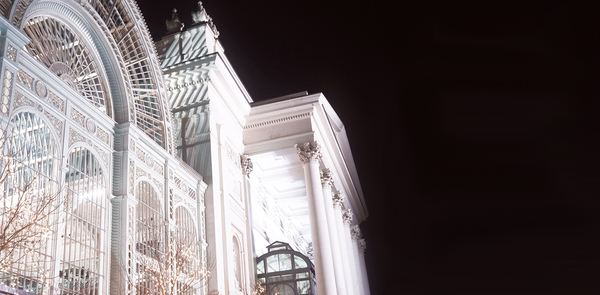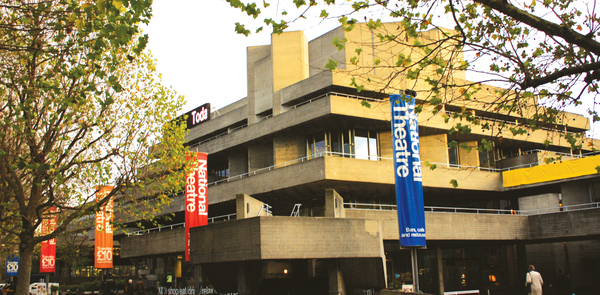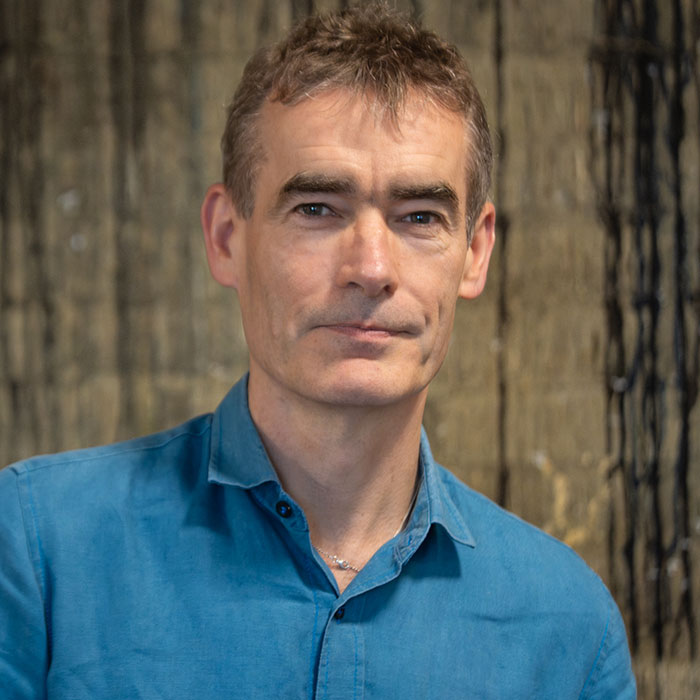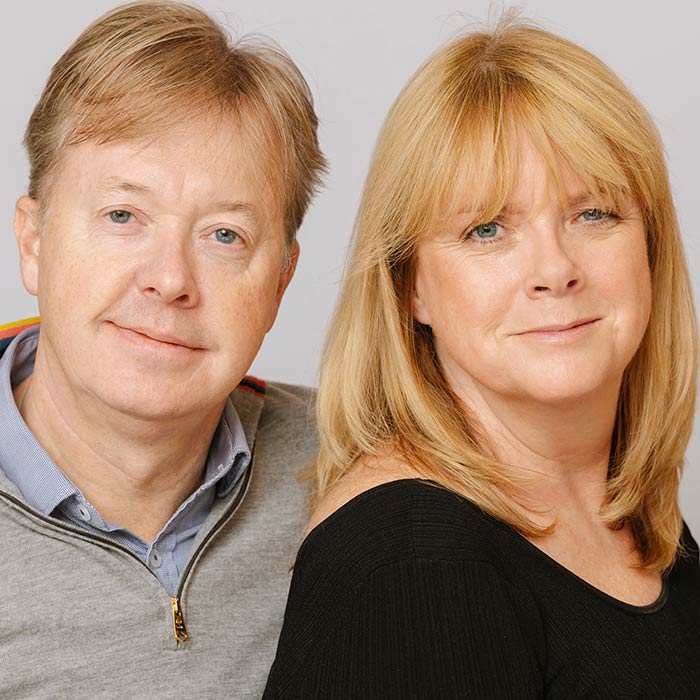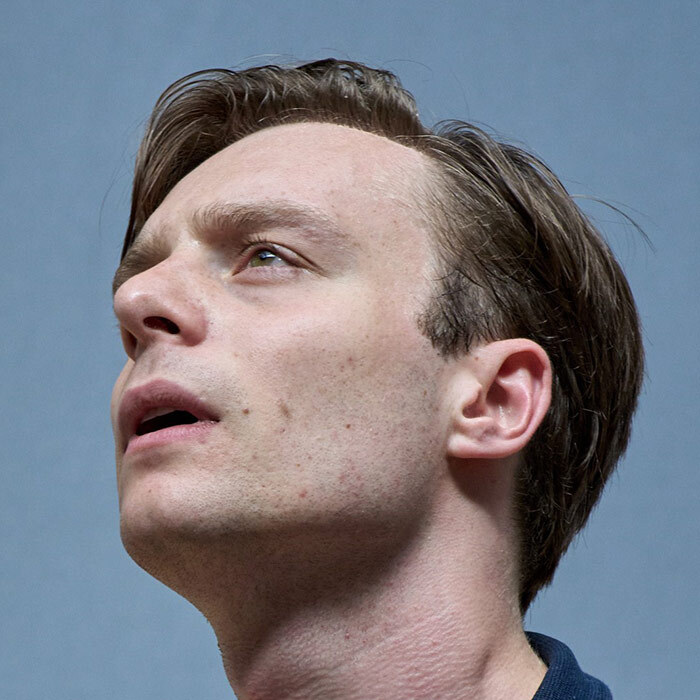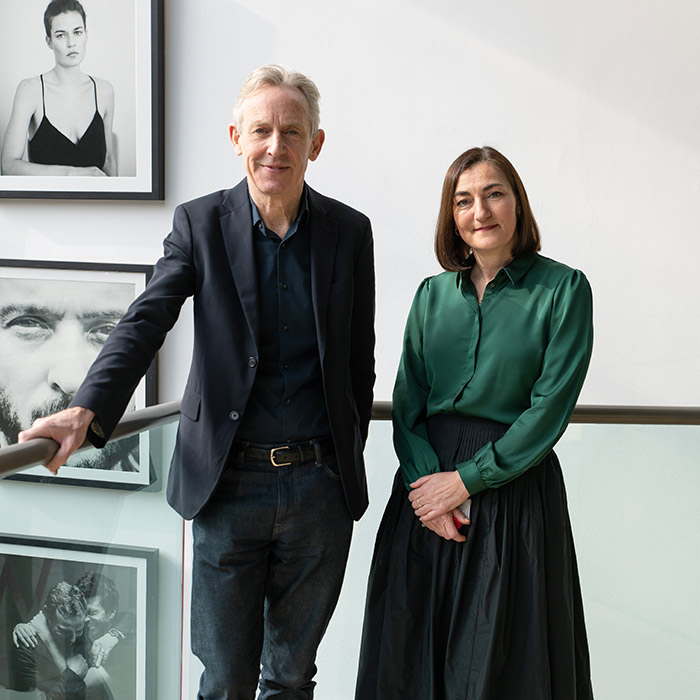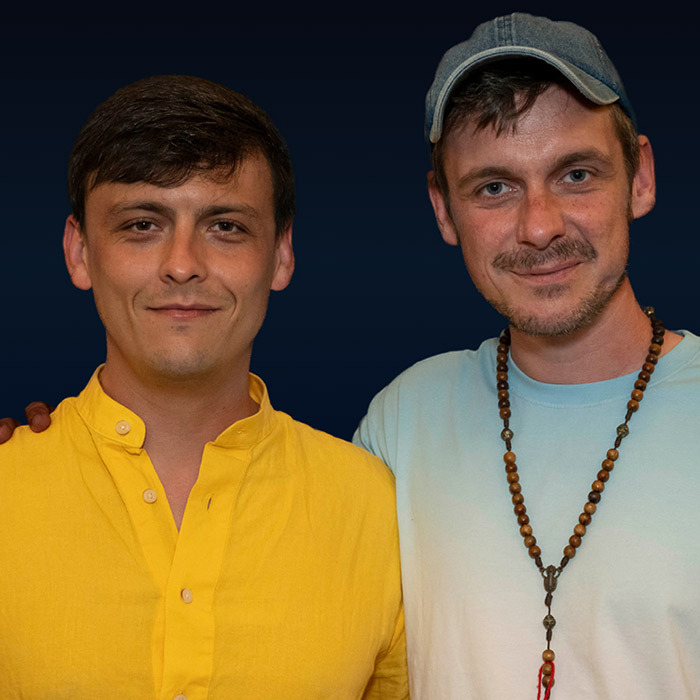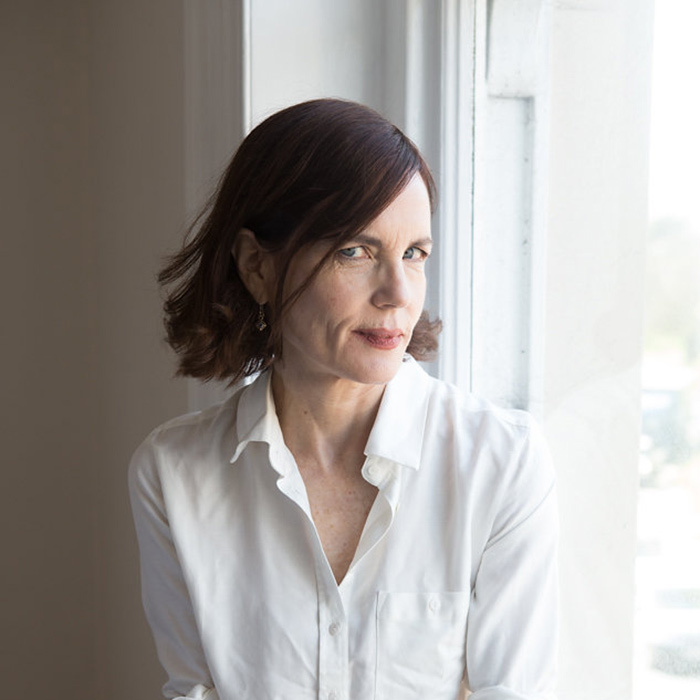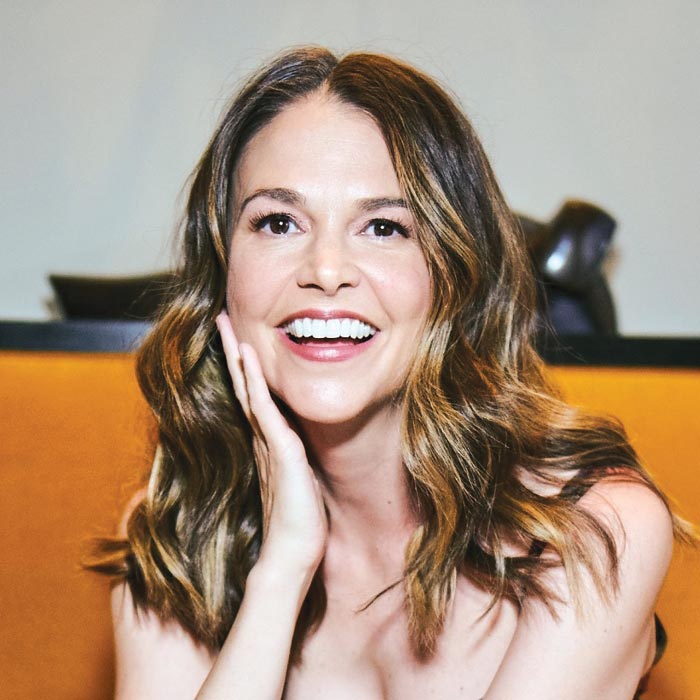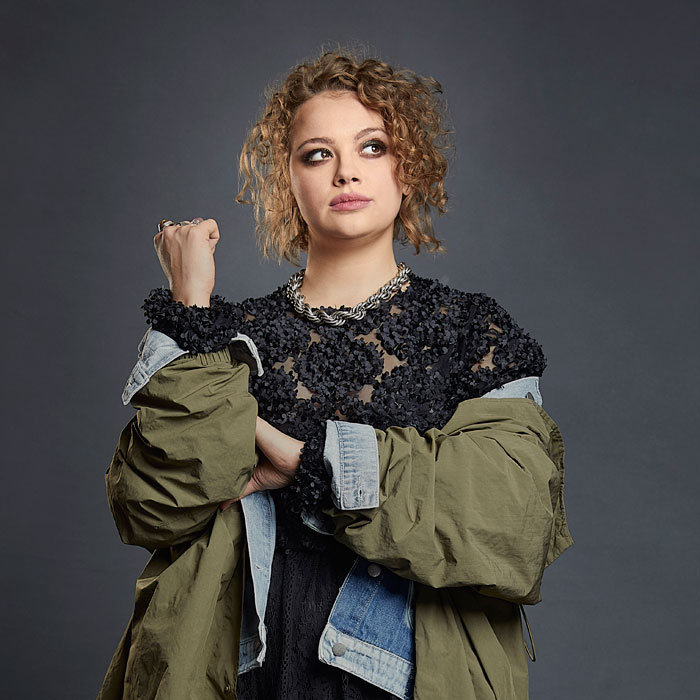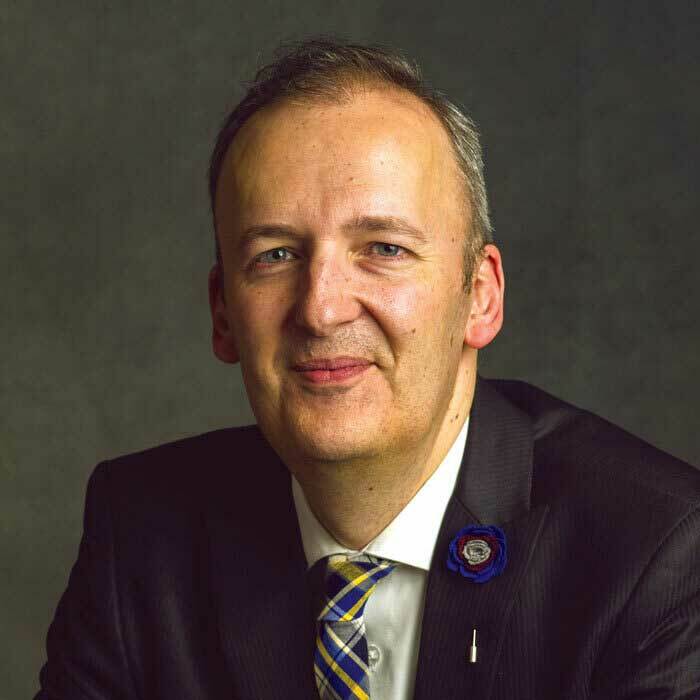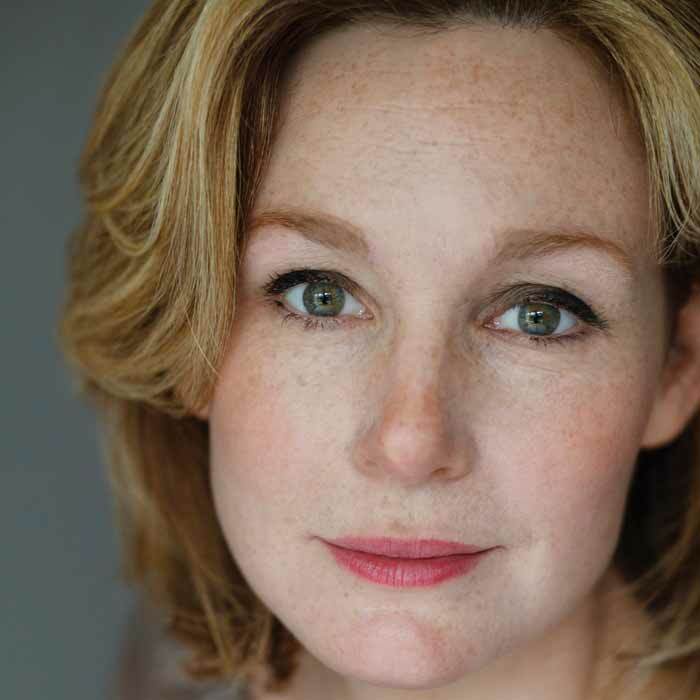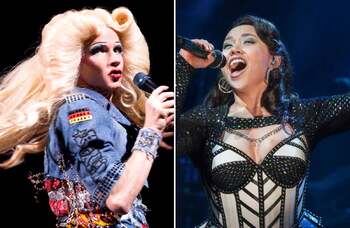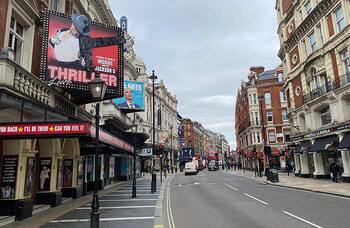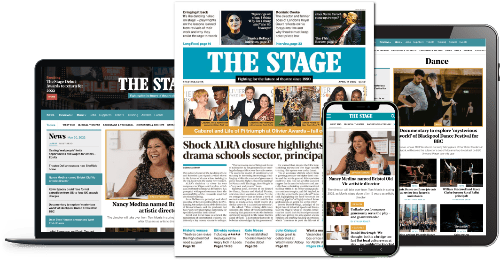Kevin O'Hare
The former dancer took over as director of the Royal Ballet in 2012 with a reputation as a safe pair of hands. But a bold new season, featuring challenging revivals alongside ambitious new work, reflects a quest for nurturing emerging talent that’s far removed from a desire simply to play safe. He tells Neil Norman what’s in store
When Kevin O’Hare was appointed to succeed Monica Mason as director of the Royal Ballet in 2012, he was widely welcomed as a ‘safe pair of hands’. A Royal Ballet insider, the former dancer-turned-company manager and then administrative director had extensive experience of backroom politics as well as the delicate act of balancing large company finances with artistic aspiration. Safe – unlike some of his predecessors – was the word.
Seven years on, O’Hare has gone some way to erasing that damning-with-faint-praise description and edged further into the deeper waters of dance, both in his programming and commissioning. Given the largely conservative nature of the Royal Ballet’s core audience, it can be a tricky path to negotiate.
The grand classics – Swan Lake, Nutcracker, Sleeping Beauty, Giselle – are essential components of each year, while the company’s own heritage works by Royal Ballet luminaries Frederick Ashton and Kenneth MacMillan have to be preserved and presented with clockwork regularity. But the introduction of young, contemporary choreographers, which began with Mason’s appointment of Wayne McGregor as resident choreographer, followed by Christopher Wheeldon as artistic associate and Liam Scarlett as artist in residence, has extended the choreographic landscape exponentially.
The inclusion of works from outsiders such as Crystal Pite, Hofesh Shechter and Arthur Pita has pushed the boundaries even further. O’Hare admits that not all of their projects have met with critical and commercial success but is adamant that without risk there is no progress. If the last season seemed relatively tame, the forthcoming one is packed with work old and new that should rid him of that ‘safe’ tag for good.

Balancing heritage with new works
“This season encapsulates everything I want to do for the Royal Ballet,” he tells me in his spartan office at the Royal Opera House. An agile, neat man with a trim beard salted with grey, he exudes an elastic energy and an airy affability that belies the enormous responsibility resting on his shoulders.
“There are basically two sections: the first half consists of the big works of the RB heritage: Raymonda Act III, Enigma Variations and Madam’s Coppélia, which hasn’t been done for years.” Madam, is, of course, Ninette de Valois, founder of Sadler’s Wells Royal Ballet, which eventually split into two companies – the Royal Ballet and Birmingham Royal Ballet.
O’Hare then drops a bombshell: “There will no Nutcracker this year.” Coppélia, he adds, will be the Christmas show. It is an astute move, as the family-friendly Coppélia is an unalloyed delight. He reveals that next year the Royal Ballet will also be bringing back Onegin, another canny move. John Cranko’s ballet of Pushkin’s verse novel is one of the few modern classical ballets that can stand up to MacMillan’s works; not surprisingly, as MacMillan was Cranko’s protégé.
“There is loads of new work and work that has been created recently,” O’Hare continues. “The new Swan Lake, Chris’ Corybantic Games, Liam’s Symphonic Dances and Wayne’s Live Fire Exercise.”

Of the brand new works, he is excited by the prospect of a remodelled version of Alexei Ratmansky’s 24 Preludes and a rare revival of the final work choreographed by David Bintley for the Royal Ballet. “When Alexei Ratmansky first made 24 Preludes, the orchestration wasn’t right so we talked about it. Preludes, as it is now titled, is tighter, has a new design and is now performed to a solo piano. It’s really nice to come back and redraw something. David Bintley’s Tombeaux was the last work he created for the Royal Ballet and it is super hard. I have danced it and I can tell you it is really hard for a male.”
Among the most ambitious and intriguing projects is a new work from the distinguished dancemaker Cathy Marston, who was at the Royal Ballet School at the same time as O’Hare. “It is a large work about the life and art of Jacqueline du Pré. Cathy and I went to meet Daniel Barenboim, who was extremely gracious and honest about their relationship, which was a real bonus. It will form part of a double bill.”
Royal Ballet mixed bill review at Royal Opera House, London – ‘fierce intensity’
The second piece will be a new work by Scarlett, whose previous ballets – Sweet Violets and Frankenstein – have tended towards the dark side. “Liam’s piece will be something joyous,” adds O’Hare with a wry grin.
He is enthusiastic about McGregor’s major new ballet The Dante Project, the first half of which will receive its premiere in Los Angeles in the summer before arriving at the Royal Opera House next May. It is composed by Thomas Adès and designed by Tacita Dean. “It is great to have these people coming into the building,” he says.
As for the newly remodelled Linbury Studio, it is “finding its position in the whole of the dance world”, says O’Hare. “It complements the RB by bringing in new choreographers and artists to the stage.”
Among the most exciting debuts is a fresh work by the New York-based choreographer Pam Tanowitz, whose Four Quartets makes its UK debut at the Barbican next week (May 22) before she brings a new piece commissioned by O’Hare to the Royal Ballet in October.
Fostering fresh, diverse talent
Above all, O’Hare is keen to stress his relationship with the company as individuals. He sees the extraordinary variety of work he is commissioning and overseeing as a means to an end. “Dancers we have nurtured from the next generation are coming up well. We need to get the repertoire for them to carry on growing. There is a breadth of talent across the company that I would never have imagined at the time I started.
“I didn’t realise the commitment you need to have, and want to have, to each of the individuals. It is fascinating to see how dancers develop and their individual careers blossom. People like Francesca [Hayward] and Yasmine [Naghdi] came out of the company and are now principals. You can’t help but be a proud parent.”

And diversity is essential. O’Hare says: “We have three women choreographers and two men, so that’s a step in the right direction. Diversity also means getting to the right people.” The advances the company has also made in channelling the its work through cinemas means “more people see our stuff outside the House than in it”.
Meanwhile, the Royal Opera House’s outreach programme, which has engaged 40,000 students, 571 schools and 511 teachers across the country so far this season, has bold ambitions for the next year. Following an initial approach from former Labour leader Ed Miliband, still MP for Doncaster North, ROH will partner with Doncaster through the city’s culture development programme Doncaster Creates, performance venue Cast and Doncaster Metropolitan Borough Council.
Through the ROH national Learning programme, the company will work with every school in the area over three years, putting on a mass community engagement performance in summer 2020. Alongside this, the Royal Ballet will perform a gala in Doncaster and the ROH’s popular Chance to Dance talent development programme will continue. “We have realigned Chance to Dance in Doncaster in association with the Royal Ballet School through digital work, with a view to educating children in how pursue a career in dance,” says O’Hare.
Continues…
Q&A Kevin O’Hare
What was your first job?
Part of the corps de ballet at Sadler’s Wells Royal Ballet. I played a balloon seller in Petrushka.
What was your first professional theatre job?
Assistant company manager at the Royal Shakespeare Company.
What do you wish someone had told you when you were starting out?
Enjoy every moment of every performance and do not get wound up in the technique.
Who or what was your biggest influence?
In a way it’s the company: its history and what it stands for.
What’s your best advice for auditions?
Don’t come with set expectations. Be curious and be really aware of who you are auditioning for. Do your homework.
If you hadn’t been a director and dancer, what would you have been?
I think I’d want to be on stage. A performer, an actor. I was in the film Bugsy Malone. I talked too much on set. [Director] Alan Parker told me to shut up.
Tiny dancer
O’Hare wanted to be a dancer from an early age. Far from discouraging him in his pursuit, his Northern Irish parents Michael and Vera were tremendously supportive of him and his older siblings Anne and Michael in their early careers. “I got a lot of encouragement from my parents and teachers,” he recalls. “It was totally not Billy Elliot.
“I attended the David Gayle summer schools in Yorkshire, which were a revelation. I didn’t know who Diaghilev was, and was taught by Anton Dolin and Alicia Markova, both of whom danced for the Ballets Russes. Dolin must have been about 70. Seeing people of that age, you realise that there is a whole career ahead of you. I even went antique shopping with him once and he taught me how to recognise a real pearl. It should be gritty to the touch.”
O’Hare entered the Royal Ballet School at 11 and went on to join the Royal Ballet’s sister company Sadler’s Wells Royal Ballet, staying with the company as a principal during its transformation into Birmingham Royal Ballet. During this time he performed extensively in the UK and internationally, including as a guest artist with many leading companies.

His repertory included all the leading classical roles, such as Prince Siegfried in Swan Lake, The Sleeping Beauty’s Prince Florimund, Albrecht in Giselle and Romeo in Romeo and Juliet. O’Hare worked with many leading figures in the ballet world, including De Valois, Peter Wright, Ashton, MacMillan and Bintley, as well as creating many roles, including Edward II in Bintley’s ballet based on Marlowe’s play. He hung up his ballet pumps at the turn of the century on his 35th birthday.
He and fellow Yorkshireman Bintley – a dancer who went on to run Birmingham Royal Ballet – share almost identical career paths, with the exception that O’Hare has never ventured into the area of choreography. Is there something in the water up there? “A bit of Yorkshire grit, I suppose,” he laughs. “I did the choreography competition at White Lodge and came third. That was my one foray into choreography. You have to have the passion for it. In my time, dancers weren’t interested in how companies worked. I was. I was inquisitive and had a curiosity in how things were put together.”
Almost by chance, he was taken on by the Royal Shakespeare Company as a kind of management apprentice. “It was towards the end of Adrian Noble’s time and it was going through a lot of changes. I looked in and they offered me a job as assistant company manager. Then the BRB job came up as company manager. It taught me the nuts and bolts of the work involved.”

He was appointed company manager of the Royal Ballet in 2004 and five years later became administrative director. Management of a company and management of individual dancers require different sets of skills. The results of over-inflated egos in the dance world have manifested themselves in everything from sudden departures to acid-throwing in the last few years. Whether it is the loss of Alina Cojocaru to English National Ballet or the arrival of Natalia Osipova from the Bolshoi, feathers can get a bit ruffled. As a former dancer himself, how does O’Hare handle the diplomatic aspect of his job?
“Talent always shines through in the end,” he says. “There may be an: ‘Ooh, why her?’ moment and then they see the dance and the way they embrace what the company is about. I encourage everyone to be as honest as possible – it’s a two-way street.
“A young dancer who was unhappy came to me recently and he poured out his heart. He came later and told me that he found it useful that he had the opportunity to talk. We have group sessions and I encourage everyone to talk through any problems they may have.”
Prima ballerina Natalia Osipova: ‘I don’t like it when artists get involved in politics’
Brexit and beyond
As the head of the company, O’Hare now has the wider issues of #MeToo and Brexit to deal with – both of which have had a significant impact on the arts world. He thinks carefully before addressing the first issue, keenly aware that the subject of the lack of opportunities for female choreographers still has traction in the media.
“Within the company I think they could see what we were trying to do. Probably when you are closer to it you see they are people and trying to make changes that outside observers may not notice. And you have to work from the bottom up. Crystal Pite was the first female choreographer I offered a commission. It took five years to make that happen.” It is also worth noting that the first dance on the revamped Linbury stage was by Charlotte Edmunds, a young choreographer nurtured by the Royal Ballet’s choreographic development programme.

Brexit presents an altogether different and potentially more damaging problem. “It is a worry,” O’Hare says. “Because we don’t really know which way it’s going to go. We rely on the international circuit of dancers – 80% of the company come from the Royal Ballet School, but a huge percentage of those come from Europe so if we can’t continue with that we would be a poorer place for it. What that will mean for the administration is hard to predict. A lot of dancers have taken citizenship as a precaution.”
Given the current predicament, what sort of dialogue has he had with the other big ballet and performing arts companies, such as ENB, BRB, Northern Ballet and Scottish Ballet – and do such conversations extend to the RSC and the National Theatre?
“We do have conversations with all the companies above about various things, and we are hoping to build on our MacMillan festival [held in 2017 to mark the 25th anniversary of the choreographer’s death], when they all came and performed at the ROH. It’s great that now the Linbury is open we can programme those companies to show work in London that they might not show otherwise. BRB, Northern, Ballet Black are coming next season and hopefully Scottish – although that is not yet confirmed.”
He continues: “I was very happy to be asked to be on the board of Northern Ballet, which I admire as I think it does brilliant work and brings it to so many cities across the country. We have also done a couple of celebratory projects with the RSC, including on Shakespeare’s birthday, and have been part of Tonic Theatre’s programmes, which, with other companies including the National, look at achieving greater gender equality, diversity and inclusion within the arts.”
Like all people in his position, O’Hare’s time is at a premium and as the interview draws to close, he is reluctant to curtail our conversation, generous to a fault. He clearly thrives on his job but must get tired from time to time. I wonder what he does to relax. Meditation? Yoga? A G&T in front of Fleabag or EastEnders?
He grins broadly, and says: “I do love some of the great TV on at the moment after a show but cannot resist the lure of all the brilliant theatre on in London, so on the odd night off I find myself seeing great dance at Sadler’s Wells and, in the last week, Maggie Smith being amazing in A German Life [at the Bridge Theatre] and the fantastic production of Billy Budd at the Royal Opera… no yoga.” It is time to go. We shake hands in parting, those safe hands of a director who is now able and willing to take risks.
CV Kevin O’Hare
Born: Hull, 1965
Training: Royal Ballet School; Royal Danish Ballet (dance); Royal Shakespeare Company (company management)
Landmark productions:
As dancer for Birmingham Royal Ballet
• Edward II (1997)
• Far from the Madding Crowd (1996)
• Romeo and Juliet (1992)
As Royal Ballet director
• Woolf Works (2015)
• The Winter’s Tale (2016)
• Flight Pattern (2017)
• Kenneth MacMillan: A National Celebration (with English National Ballet, Birmingham Royal Ballet, Northern Ballet, Scottish Ballet and Yorke Dance Project, 2017)
• Leonard Bernstein Centenary (2018)
• Swan Lake (2018)
Awards:
• CBE (2018)
The Royal Ballet’s Romeo and Juliet runs at the Royal Opera House, London, until June 11; roh.org.uk
Royal Opera House announces string of initiatives in Doncaster under major new partnership
More about this organisation
Big Interviews
Recommended for you
Opinion
Most Read
Across The Stage this weekYour subscription helps ensure our journalism can continue
Invest in The Stage today with a subscription starting at just £7.99

